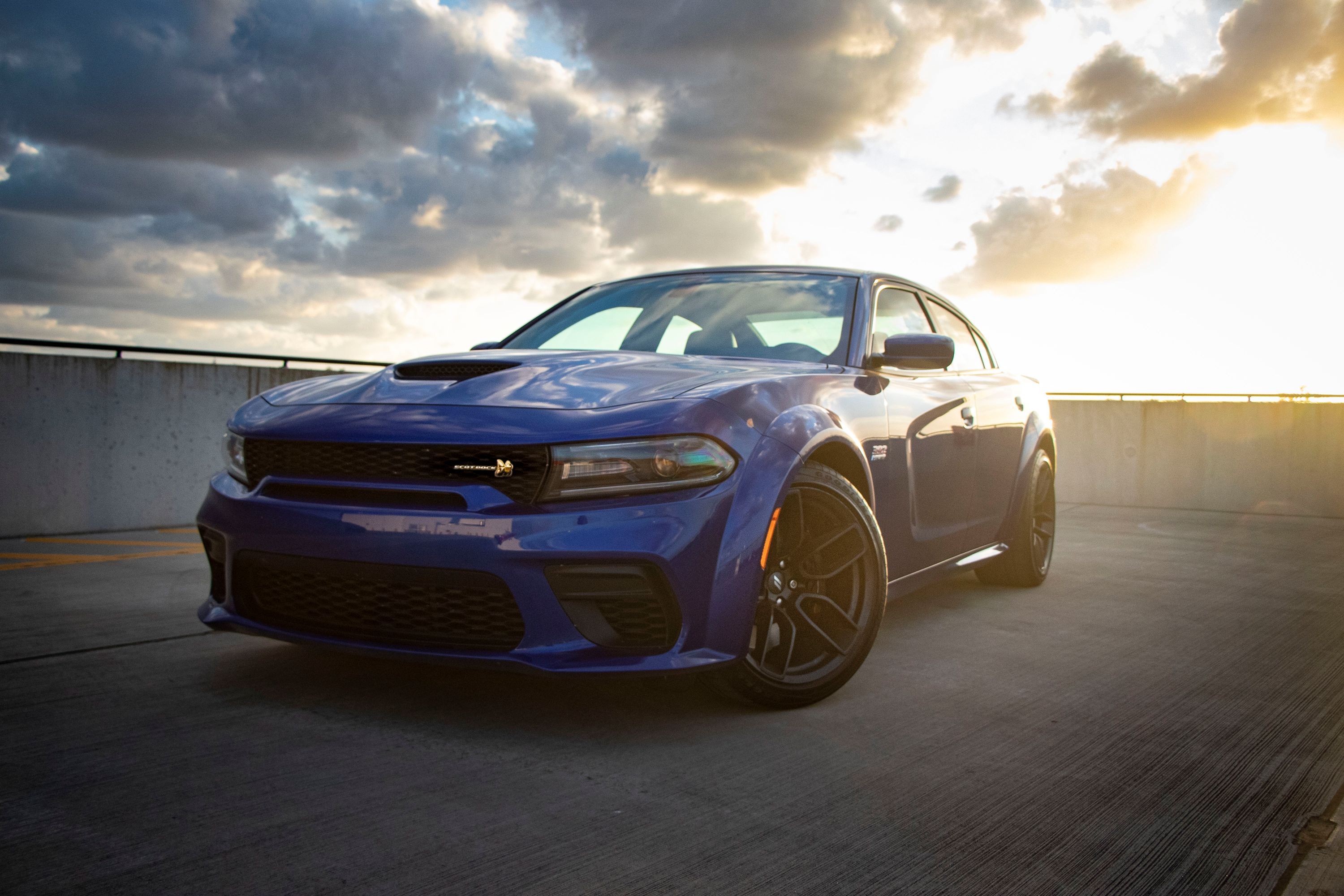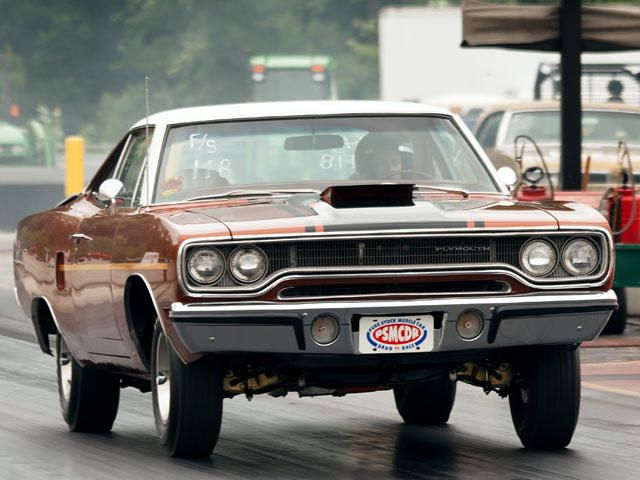
Plymouth had been one of the first brands to get into the pony car game with the 1964 Barracuda. But the car wasn't exactly what people wanted in a pony car, and Plymouth had to scramble to implement the necessary changes to make the Barracuda competitive. But in 1967, when the GTX model beat many other brands in bringing a muscle car to market, it wasn't quite right for the market either. But this time, in addition to reworking the GTX, a new and more evolved car, the Road Runner, debuted.
Like the GTX, the Road Runner was based on the Plymouth midsize sedan B platform. By 1968, many of the muscle and pony cars offered by the Big Three were getting bigger and gaining weight, along with bigger price tags as a result of longer options lists. So the Road Runner was conceived as a stripped-down but still potent road machine, the best power-to-weight and power-to-cost ratios possible. Therefore, though the GTX was based on the Plymouth Satellite, the Road Runner was based on the cheaper Belvedere. It's easy to see why that would be an appealing concept, and the Road Runner was an instant hit.
It outsold the GTX by such a huge margin that many people now forget that Plymouth had another muscle car before the Road Runner. You might think the name is a bit gimmicky, and Plymouth certainly didn't do anything to lessen this impression. They had paid Warner Brothers $50,000 for permission to use the name (and remember, this is 1968 dollars we're talking about) and they weren't going to stop there. Decals of the cartoon character were offered, and Plymouth spent a further $10,000 to develop a horn which made a "beep, beep" sound.
At least they had the sense to pick a character with a name which actually suited a car. It's a good bet that not many people would have bought a Plymouth Elmer Fudd, humorous though it might have been. Only two engines were offered at launch, but both of these were excellent. This base engine was a version of the 383cu-in Super Commando V8. For the Road Runner, the engine got a slightly more aggressive cam and a higher compression ratio for a new output of 335 horsepower and 425lb-ft of torque. This more powerful version of the engine was redubbed "383 Roadrunner".
The other engine was the Mopar holy grail of the muscle car era, the 426 Hemi. This was an engine originally developed for racing and it produced 425 horsepower and 490lb-ft of torque. Those are pretty decent numbers today, but in 1968, they were huge. This was one of the best engines of its day, and the Road Runner was one of the best cars to use it, clocking a quarter-mile time of 13.5 seconds in totally stock trim. In their review of the '69 Hemi Road Runner, Car & Driver said "The Hemi Road Runner has more pure mechanical presence than any other American automobile." That's a bold statement, but there is some pretty compelling evidence to back it up.
In mid-1968 Plymouth added the option of a 440cu-in engine, another big hit with muscle car enthusiasts because its 390 horsepower and 490lb-ft of torque were close to the figures put out by the Hemi, but the cost was significantly less. At about the same time, Dodge introduced a rebadged version called the Super Bee, a low-cost alternative to the pricier Charger R/T. Plymouth expected to sell only about 2,000 units of the Road Runner in 1968, but the final sales figure crested 45,000. Following this, the Road Runner was named Motor Trend's Car of the Year in 1969, and sales climbed to an astronomical 82,109 for that year.
In 1970, Plymouth debuted what could be called the ultimate version of the Road Runner. This was an even more stripped-down version of the car with an aero kit designed to give the car an edge on the track. This was the Superbird, a car built to meet NASCAR homologation requirements, and fewer than 2,000 were ever built. Its huge spoiler and huge price were off-putting to many buyers at the time, but the car is now very valuable with collectors. Most Superbirds came with the 440 engine, but 93 were built with the 426 Hemi, and these are obviously the most valuable.
We covered the Superbird in another series a few months ago, so we won't go into any greater detail in this article. 1971 saw a redesign, and although the good news was that this new body was more aerodynamic, the bad news was that new emissions laws began to limit the car's power. By 1972 the Hemi was no longer even offered, and the 440 was dropped after being installed in just five cars the same year. Quarter-mile times were in the 16s for the fastest Road Runners in '73, and it's safe to say the car was fully in decline. The nameplate lived on until 1980, but its muscle car relevance was now a thing of the past.

